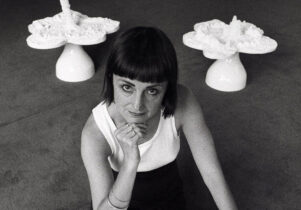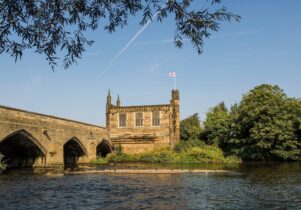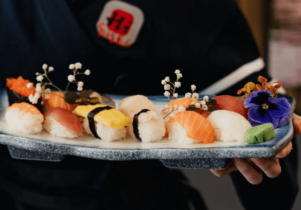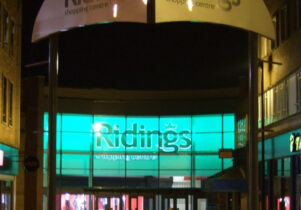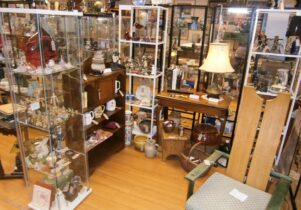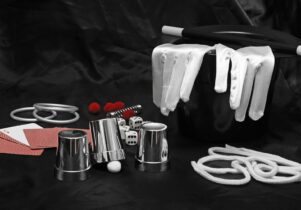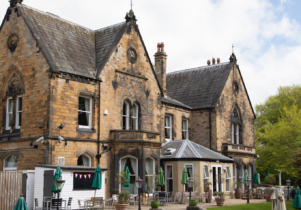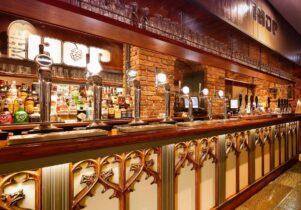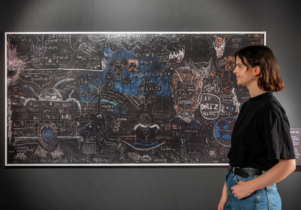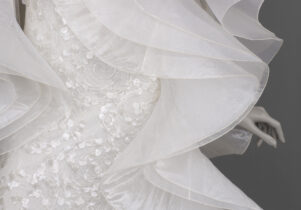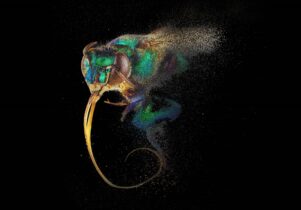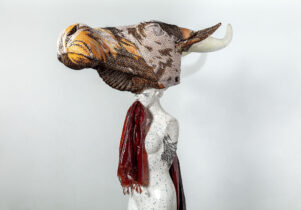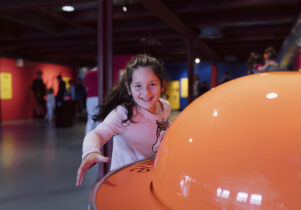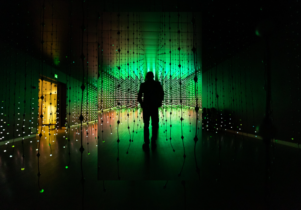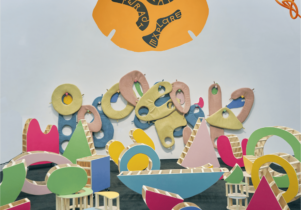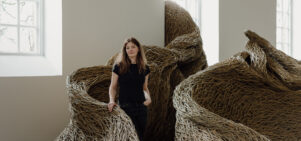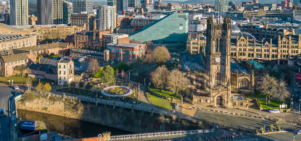Magic in this Country: Hepworth, Moore and the Land at the Hepworth Wakefield
Maja Lorkowska, Exhibitions Editor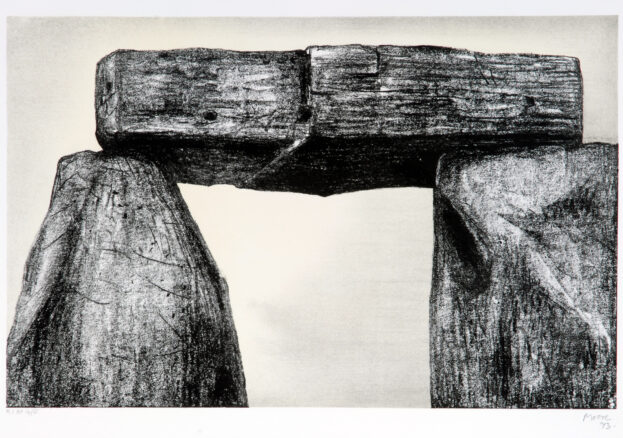
Hepworth Wakefield presents Magic in This Country, an exhibition of work by Barbara Hepworth and Henry Moore alongside others, exploring the influence of landscape on their work in sculpture.
There are few materials more physically and symbolically tied to the landscape than stone. Barbara Hepworth and Henry Moore’s stone sculptures, despite the touch of the human hand resulting in smooth, flowing lines, are intimately connected to the land they originated from. Shaped both by nature’s elements and the sculptors’ vision inspired by their surroundings, their work absorbed and carries the land with it to this day.
Hepworth and Moore both grew up in Yorkshire and cited the local landscape as integral to their artistic development. Cornwall was where Hepworth found her ‘magic’, with its dramatic seascapes and rugged cliffs. In her writing, the artist refers to the importance of connection between human and land: “Without the relationship of man and his land, the mental image becomes a nightmare” (Barbara Hepworth, Writings and Conversations, published in 2017). The titles of her work often relate to particular places she’s visited. The artist spent time in Mincarlo, a bay off the Cornish coast, which inspired painted and sculpted works in golden colours – these are gathered in the display for the first time. Henry Moore, on the other hand, found Stonehenge utterly mesmerising, leading him to produce a number of dramatic lithographs of the stones even 50 years after the visit.
Magic in this Country also includes contemporary work by Ro Robertson and Emii Alrai, inspired by Yorkshire and Cornish landscapes. West Cornwall-based Robertson’s practice is multifaceted, spanning sculpture, two-dimensional media as well as performance. Their series Stone (Butch) explores the boundaries of the human body and the landscape, with a focus on Queer bodies. Alrai, whose work was recently on display at Liverpool’s Bluecoat, produces sculptures which imitate archaeological findings, revealing the Western appropriation of cultural artefacts by subverting the solemnity of a classical museum display.
